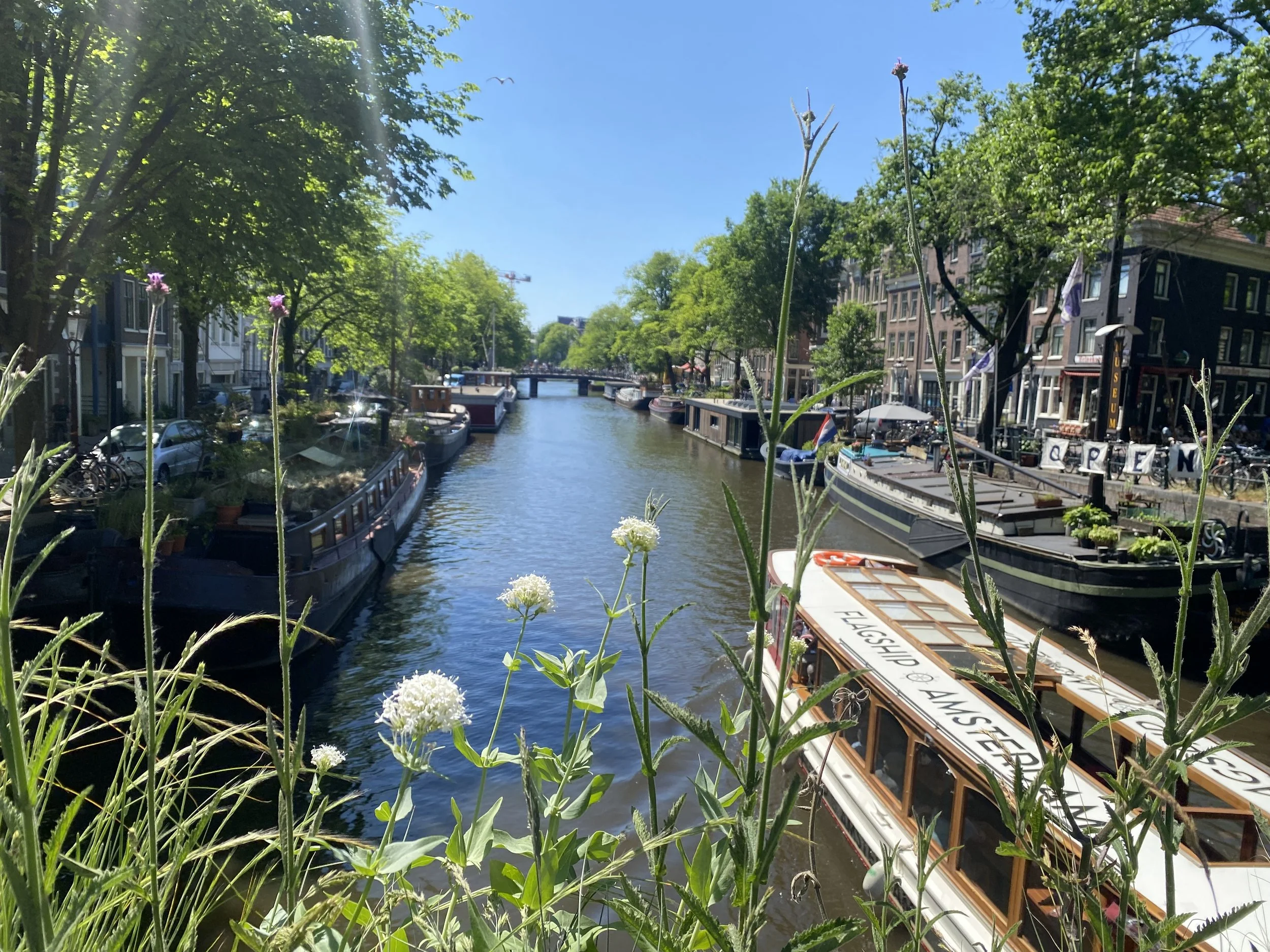Three Issues Preventing AEC Websites from Being Sales Assets
/As I roam the web looking for ideas and doing research for projects, I spend a lot of time on AEC websites. After seeing enough of these things, I've started picking up on a few themes that keep a website from being a great sales asset.
I boiled it down to three things I see most often. And I wanted to talk about them and why they're important and how, if you’re dealing with one (or all of them), a few ways you can fix the problem.
Fluff, Fluff, Fluff
There’s one thing I notice time and time again with AEC firm writing.
It’s the lofty, fluffy language that sounds nice to the writer (and the firm) but doesn’t say a thing to the reader. And I get why it happens. The company wants to sound aspirational, particularly in architecture and design firms, to convey a sense of innovation and creativity.
But if a prospect has no idea what you do or who you’re serving, they’ll never see those beautiful project shots and renderings.
So, here’s what needs to happen.
Take a page of your website. Read through it and identify any industry jargon and or phrases that aren’t needed or won’t make a bit of sense to someone outside your company.
The fluff needs to go. Cut it. Scrap it. Remove it and never look back.
Read your competitor’s websites. If you stripped the branding away, could anyone tell the difference between your companies?
If the answer is “No,” it’s time to work on developing a unique brand voice. But that’s a story for another day.
The Focus is on the Firm, Not the Customer
Many (if not most) AEC websites focus on the company's capabilities or projects instead of addressing what customers are looking for.
It’s rare to see any copy walking a client through the firm’s process. Or who’s not a good fit for their services.
While images of completed projects can be inspiring or showcase talent, they don’t let the prospect envision working with you. All they see is the end product. There’s really nothing talking to them about the stage of the process they’re in right now.
So, you start to blend in with everyone else.
This fix may take a little more work, but it’s worth it. Go back and review your notes from client meetings. If they’re recorded video calls, even better.
Listen to what they say, read the words they use, and start thinking about how to incorporate that into your web copy. If one customer says something, the next person you want to work with is likely saying or thinking the exact same thing.
They’re Absent of (Good) Storytelling
Yet, there are opportunities all over the website.
One place where this is prevalent is portfolio and project pages. There's usually some description of the work. And some high-quality images.
But the writing focuses on the outcome with a high-level overview of what was needed in the project. There are details like square footage and maybe a note on budget.
And almost nothing about the client.
A prospect will read this and may take something away about your technical ability. But there's nothing there to separate you from every other firm.
There’s no tension in the story and no challenge that needed overcoming. Those things existed. They were part of the project.
But they're an afterthought when it's time to tell what happened.
But there's hope. This can be a pretty easy fix. The best way to handle it is to find out why this project happened in the first place.
I'm sure you know why but really dig into it. What issues did your client face? Were they running against a very tight deadline? Was the budget an issue that forced you to get creative?
Talk about those things. And include quotes from your client about them.
And take advantage of the stories you already have. When I see an AEC website with a lot of video content, I start looking for the other assets they've created using that footage. Don't check my math on this, but 90% of the time, that video is all that ever was.
There's no blog post, no email, no social posts. One video testimonial can be turned into no less than seven different assets.
Write a customer story using the quotes and information from the video (the interview is already done!).
Create two social posts linking to the blog or the project. Clip the video and create a Reel for Instagram (there's a bonus post for you).
Write two sales emails with different quotes or compelling moments from the interview. Create a sales one-pager to stick on a folder or brochure when you meet with a client.
Video costs a lot of money. And it's very underutilized in how it can be deployed.
Why All of This Matters
I know it's not easy
Look, I get it. It's not easy to write.
Grammarly tells me I'm slinging about 80,000 words a week. I spend most of my day doing this, and there are plenty of times when I wonder if I can even put together a good sentence, much less write copy that resonates with someone and moves them to take action.
But that's why this is so important.
There are words all over the internet. The people you want to work with are seeing them everyday.
It takes a lot to get them to stop. To make them remember a story.
But when you're thoughtful about it, and you create something compelling, something they feel they can hold onto even after they close their laptop or phone, you'll find that your work is making a difference.
You may not get more emails. But you will start getting emails from the kind of people you actually want to work with.




